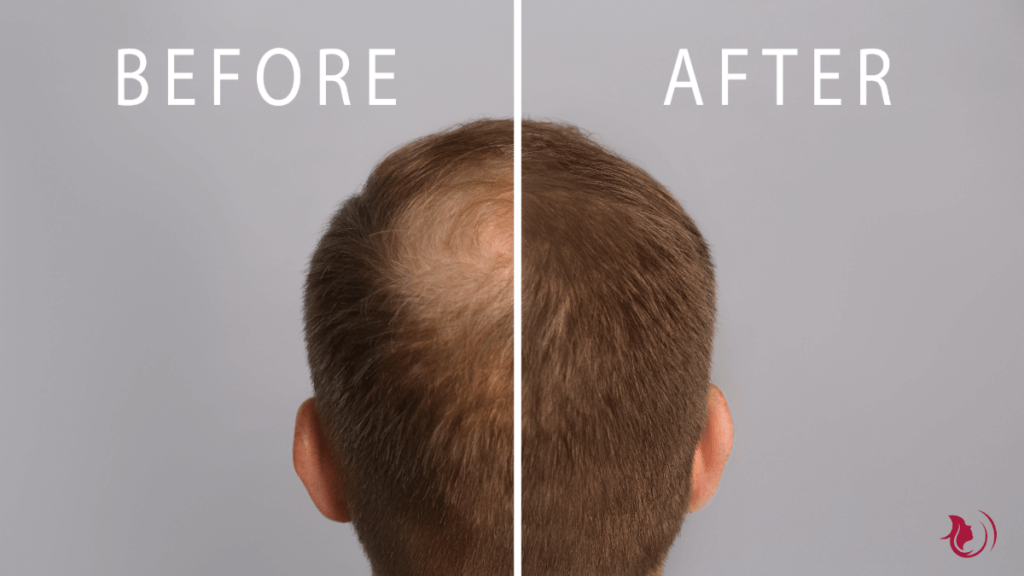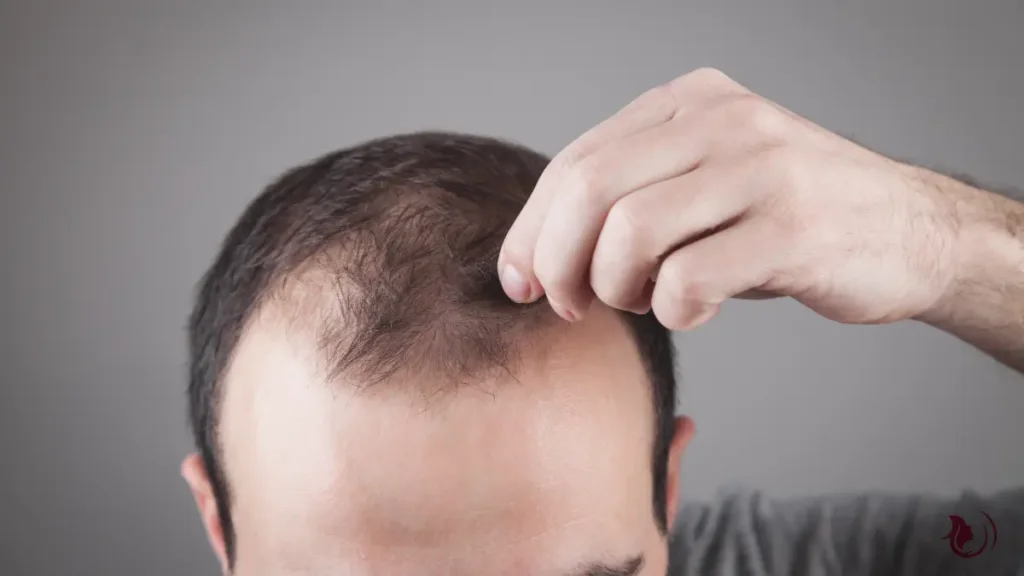Platelet-Rich Plasma (PRP) therapy is an innovative treatment gaining traction for its effectiveness in combating hair loss, particularly androgenetic alopecia (male and female pattern baldness). This therapy leverages the body’s natural healing processes to stimulate hair growth and improve hair density. And this why it has become a favourite with several high profile clinics across the country such as NU U Clinics in Berkshire, Bodyvie in Surrey and Fiore Aesthetics in Central London.
How PRP Works
The Platelet-Rich Plasma treatment process begins with a small blood draw from the patient. This blood is then placed in a centrifuge, which spins at high speeds to separate its components. The resulting platelet-rich plasma, rich in growth factors, is extracted and injected into the scalp. These injections are typically concentrated in areas where hair thinning or loss is most prominent.
The growth factors in PRP, such as platelet-derived growth factor (PDGF) and vascular endothelial growth factor (VEGF), stimulate hair follicles, promoting their transition from the dormant phase to the active growth phase, thus encouraging hair regeneration and improving blood supply to the follicles.
Clinical Evidence

Numerous studies support the efficacy of Platelet-Rich Plasma in treating hair loss. A systematic review published in the Journal of Cosmetic Dermatology found that PRP enhances hair regrowth and increases hair density in patients with androgenetic alopecia when properly administered.
Another study in the Journal of Cutaneous and Aesthetic Surgery reported a significant reduction in hair loss and an increase in hair density following PRP treatments. The Harvard Health Journal posted about PRP for hair loss on Twitter a year ago. These studies highlight PRP’s potential when the platelet concentration is optimally achieved.
Benefits and Considerations
PRP therapy offers several advantages, including its non-surgical nature, minimal downtime, and use of the patient’s own blood, reducing the risk of allergic reactions. Most patients can resume normal activities shortly after the procedure. The cost of PRP, typically not covered by insurance, sometimes can be a barrier for some. Each session can cost several hundred pounds, and multiple sessions are often required to achieve and maintain results. From most testimonies, it sounds worth it but consult with your doctor before investing.
Mechanism of Action
The growth factors in PRP work to stimulate hair follicle activity and improve blood flow to the scalp, which provides essential nutrients and oxygen to the hair follicles. This environment helps reduce inflammation, promoting a healthier scalp conducive to hair growth.
Does it work for women? Possibly. However most studies have focused on male alopecia to date.
Treatment Process

The treatment typically involves three to four sessions spaced about four to six weeks apart, with maintenance treatments every six to twelve months. The patient’s scalp is cleaned, and a local anaesthetic may be applied to minimize discomfort during the injections. Some clinics also use microneedling in conjunction with PRP to enhance absorption and effectiveness.
Plasma Revolution
While Platelet-Rich Plasma therapy is generally safe, side effects can include mild discomfort, swelling, or redness at the injection site. These are typically short-lived. It is important for patients to consult with a qualified healthcare professional to determine if PRP is suitable for their specific type of hair loss. Notably, PRP may be less effective for scarring alopecia compared to non-scarring types.
PRP therapy represents a promising treatment for hair loss, particularly for those with androgenetic alopecia. While more research is needed to fully understand its long-term efficacy, current evidence supports its potential to significantly improve hair density and thickness.


